 There are moments in my wanderings in Italy when I feel I’ve stepped behind a curtain, to a place from long ago.
There are moments in my wanderings in Italy when I feel I’ve stepped behind a curtain, to a place from long ago.
This happened to me recently in the far reaches of eastern Tuscany, where I visited an ancient village in the foothills of the Apennines. It was the day of the Epiphany (January 6) – the twelfth day of Christmas that marks the arrival of the Three Magi in Bethlehem following the birth of Jesus. It’s a national holiday in Italy, but there was no holiday hoopla in this sleepy village that I could see.
I ventured down a gravelly side road on the edge of town, to photograph a church. When I stepped out of the car, I heard people singing. Curious, I drove toward the music. When I rounded a curve, I was stunned to see a choir of men and women in capes and cloaks and odd-looking hats — and children dressed as witches, running around with broomsticks. I wondered if I had stumbled upon a cult. I waved to them as I quickly did a U-turn. They waved back, but I didn’t stop to chat.
I continued through the village and up a winding road, following the signs to my destination. The road didn’t go to the top of the hill, so I parked the car and continued the rest of the way on foot.
To my surprise and delight, the doors at my destination were open to visitors that afternoon. My lucky day. I would have been content just to stand at the front gate.
I bought an entry ticket and thanked the young woman at the desk for working on a holiday. She didn’t seem to mind at all.
I walked into a courtyard and stood quietly for a moment. A chilly breeze rustled the bare branches of a tall oak tree as mid-afternoon shadows danced on the facade of an old stone palazzo. I took a deep breath…
Before me was the birthplace of Michelangelo.
I couldn’t resist the urge to touch the stone of the archway that framed the front door, which stood ajar, welcoming me. As I stepped over the threshold, I felt transported to the 15th century.
In a display case, a copy of Michelangelo’s birth certificate caught my eye. His father wrote: “I remember how this day of March 6, 1474 a baby boy was born to me and I gave to him the name Michelangelo.” (Back then, according to the Florentine calendar, the new year started on March 25th. When the start of the year shifted to January 1, Michelangelo’s birth year became 1475.) The proud papa, Ludovico Leonardo Buonarroti, was a nobleman who had presided as a judicial administrator in this building, known as Palazzo del Podesta. The village was called Caprese then. (It was later renamed Caprese Michelangelo to honor its famous native son.)
 The palazzo contains a collection of photographic reproductions of Michelangelo’s major works along with 19th-century plaster casts of some of his sculptures. I stood eye-to-eye with a cast of the head of David, inspecting his heart-shaped pupils that I had only seen in photographs. (The original David, at the Accademia in Florence, towers over his admirers, making it impossible to see his eyes up close.)
The palazzo contains a collection of photographic reproductions of Michelangelo’s major works along with 19th-century plaster casts of some of his sculptures. I stood eye-to-eye with a cast of the head of David, inspecting his heart-shaped pupils that I had only seen in photographs. (The original David, at the Accademia in Florence, towers over his admirers, making it impossible to see his eyes up close.)
I wandered upstairs through what once had been the Buonarroti family’s living quarters and lingered in the room where, it’s believed, Michelangelo was born. Sunlight streamed in through a window. It was one of those goose-bump moments when you ask yourself, Am I dreaming this?
 A sculpture garden and an art gallery adjacent to the palazzo pay homage to modern artists, but the spirit of this place belongs to Michelangelo. As I stood at the stone wall at the edge of the garden, gazing at the same landscape that had inspired artistic genius, it’s clear that nothing much has changed in this remote corner of the world over the last centuries. How wonderful is that.
A sculpture garden and an art gallery adjacent to the palazzo pay homage to modern artists, but the spirit of this place belongs to Michelangelo. As I stood at the stone wall at the edge of the garden, gazing at the same landscape that had inspired artistic genius, it’s clear that nothing much has changed in this remote corner of the world over the last centuries. How wonderful is that.
When I drove back through the village later that afternoon, I noticed a crowd had gathered outside a restaurant. I saw the same group of singers, with the cloaks and odd hats, serenading the cook who stood at the restaurant’s side door.
 Once again, curiosity got the better of me. I stood in the restaurant parking lot taking it all in. Two young boys in witches’ outfits spied me and came over to show off their scary masks. It seemed to me they were mimicking Befana, the old woman who visits Italy’s children on Epiphany Eve.
Once again, curiosity got the better of me. I stood in the restaurant parking lot taking it all in. Two young boys in witches’ outfits spied me and came over to show off their scary masks. It seemed to me they were mimicking Befana, the old woman who visits Italy’s children on Epiphany Eve.
The singers wandered my way and I soon learned I was witness to a very old custom in this village. Every year, on the day of the Epiphany, the Caprese singers dress in costume and go door-to-door, singing the news of the past year.
“Not just news of the village,” explained a woman in the group, “but the news in the country as well.” Oral history set to music.
They posed for a photo and invited me to visit their Facebook page, which made me smile. The village of Caprese Michelangelo isn’t totally shrouded by the curtain of time.




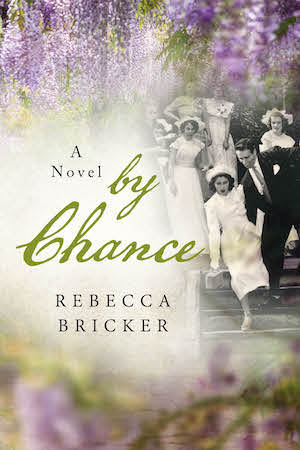

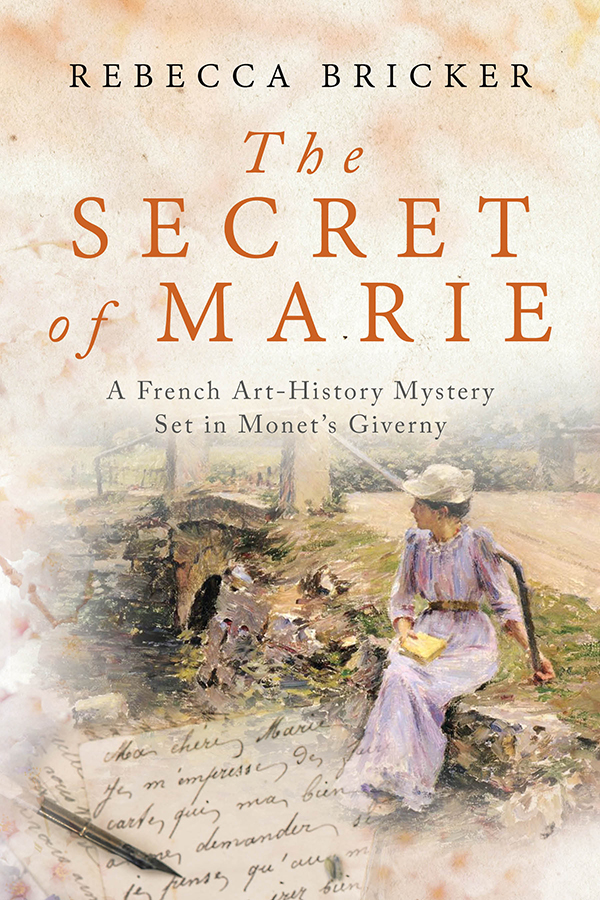


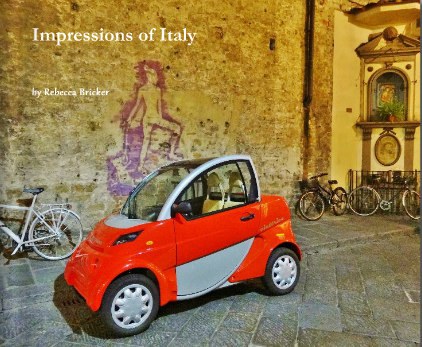
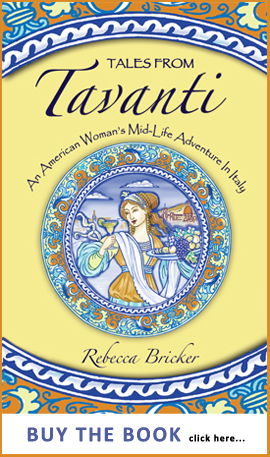
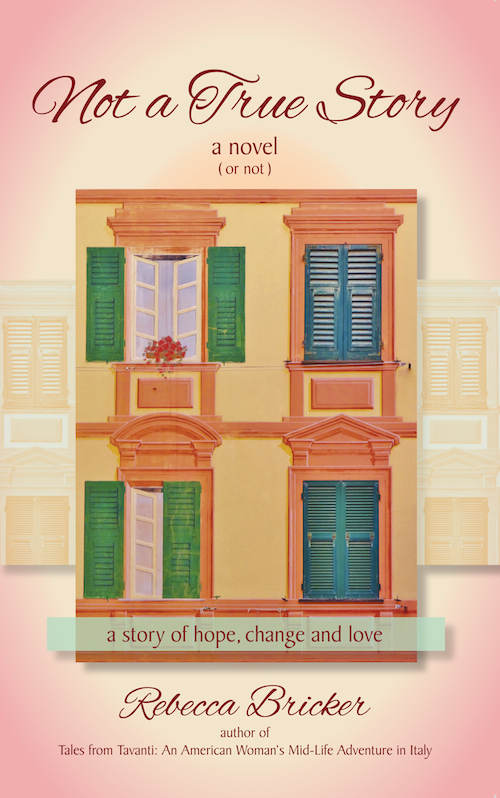
{ 2 comments… read them below or add one }
Rebecca,
That must be one of the reasons why it is somehow magical to live in a country with so much history.
Knowing that you can always discover something new.
Do you feel ” at home ” in Italy ?
Thank you for sharing,
Céline
Celine, you’re so right about the magic of a place that’s steeped in history. I feel so inspired here – by Italy’s beauty, stories and artistic legacy. Italy has become my second home and I have my friends here to thank for that. Hope you’ll come visit someday.